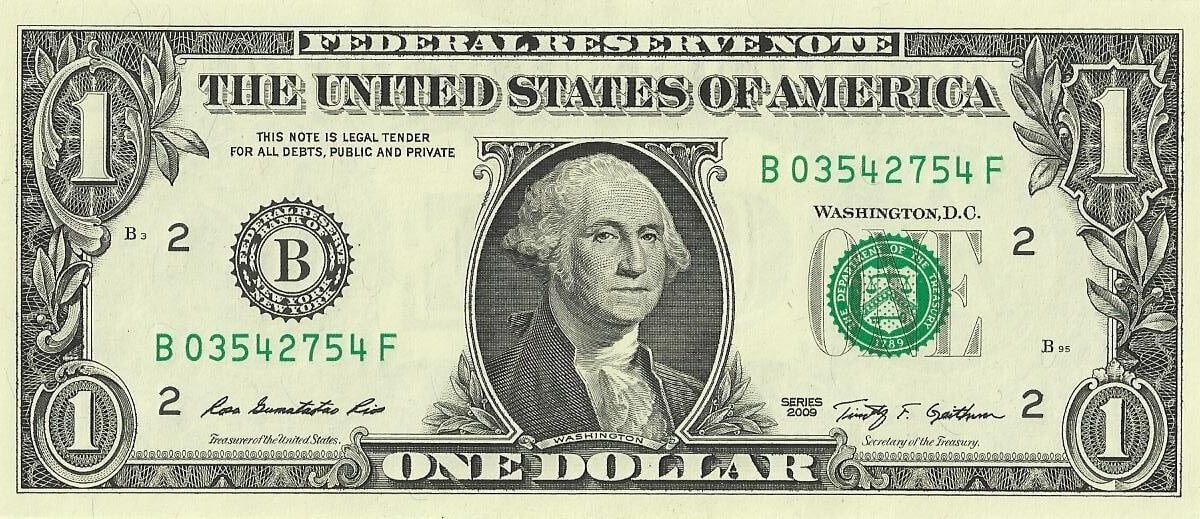Exploring The One Dollar Premise The Warren Buffett Way

Every company makes sales. Through these sales, they make the expenses and earn a profit. On that earned profit, they pay income tax to the government. The profit after paying income tax to the government becomes the retained earnings for the company. That retained earnings are reflected in the balance sheet on the liability side of the company.
The shareholders of the company have control over these retained earnings. They can decide what to do with these retained earnings. The retained earnings can be reinvested for the future growth of the company or given to the shareholder in the form of dividends also. So, it is the call of shareholders only.
While selecting the company for investment purposes, Warren Buffett used to look into the retained earnings of the company. He used to select those companies in which each dollar of retained earnings is translated into at least one dollar of market value. This test can quickly identify companies whose managers, over time, have been able to optimally invest their company’s capital.
If retained earnings are invested in the company and produce above-average returns, the proof will be a proportionally greater rise in the company’s market value. From 1973 to 1992, the Washington Post Company converted $ 1.0 retained earnings into $ 1.81 in market value. From 1980 to 1987, for every dollar Coca-Cola retained, it gained $ 4.66 in market share.
To conclude, all in all, Warren Buffett explains, it was his job to select a business with economic characteristics allowing each dollar of retained earnings to be translated eventually into at least a dollar of market value.


